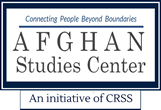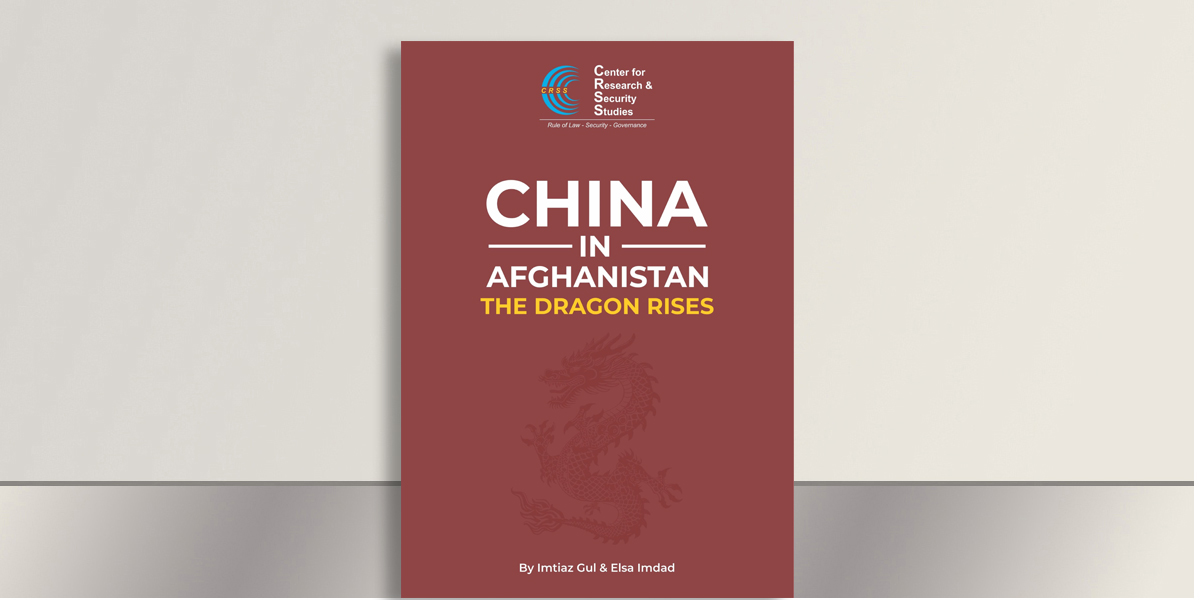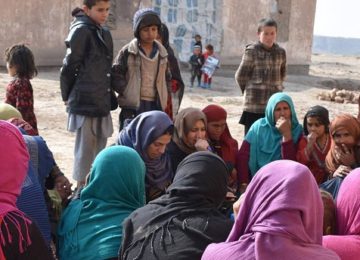Abstract
This report tracks China’s engagement with Afghanistan in recent years, pre- and post-Taliban rule in August 2021. Guided by principles of non-interference and sovereignty, China’s Afghan policy has adapted to address assertive geo-economic endeavors and security concerns, notably with groups like the East Turkistan Islamic Movement (ETIM), now known as the Turkistan Islamic Party (TIP). Since August 2021, China has pursued a pragmatic approach, emphasizing diplomatic engagement, economic development, and regional stability without giving up its insistence on the need to counter terrorist groups that shelter in Afghanistan and represent a threat to various neighboring countries. This is evident through multiple Chinese interactions with Taliban officials, economic initiatives like the Belt and Road Forum, and security cooperation agreements. While cautious about overt recognition of the Taliban regime, China prioritizes stability and economic integration, guided by its Belt and Road Initiative (BRI). China’s involvement underscores pragmatic geopolitical considerations and economic aspirations while carefully navigating the complexities of Afghanistan’s political landscape.
Introduction
China’s involvement in Afghanistan has been persistent but understated. It is anchored in the principles established during the early years of the Afghan Republic (2004-2021). These principles include respect for the sovereignty and territorial integrity of other nations, non-interference in their internal affairs, and avoidance of pursuing a so-called sphere of influence.
But its rise as the world’s second-largest economy and a predominant political force in Asia, China’s foundational principles face mounting pressures. The nation’s growing economic prowess fuels expectations of assertiveness in geopolitical matters, albeit without overt display of military strength, except concerning the South China Sea and Taiwan. China’s focus primarily centres on geo-economics but it sees security, particularly terrorism, and extremism, as an upsetting variable in the way of regional connectivity, especially for the lasting westward expansion of the BRI. The secessionist Turkistan Islamic Party (TIP) (also known as the East Turkestan Islamic Party – ETIM) remains a primary focus because of its stated aspirations for the independence of the western Xinjiang province. To address this, Beijing has maintained close ties with Afghan leaders in the last two decades through political, diplomatic, and economic support to successive governments in Kabul. Of late, this engagement has spiked, albeit largely through private investors and businesses keen to exploit Afghanistan’s rich mineral wealth. This underscores China’s pursuit of peace in Afghanistan as crucial for regional stability and economic connectivity. While abundant data exists on the topic, much of the information, analysis, and deductions presented in this report stem from the author’s (Gul’s) first-hand interactions with Chinese and Afghan officials, academics, and journalists since 2008, spanning various locations including Beijing, Urumqi, Shanghai, Kabul, Herat, Mazar-e- Sharif, and Pakistan.








